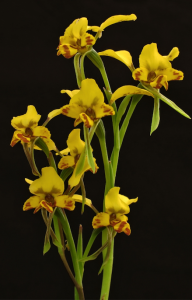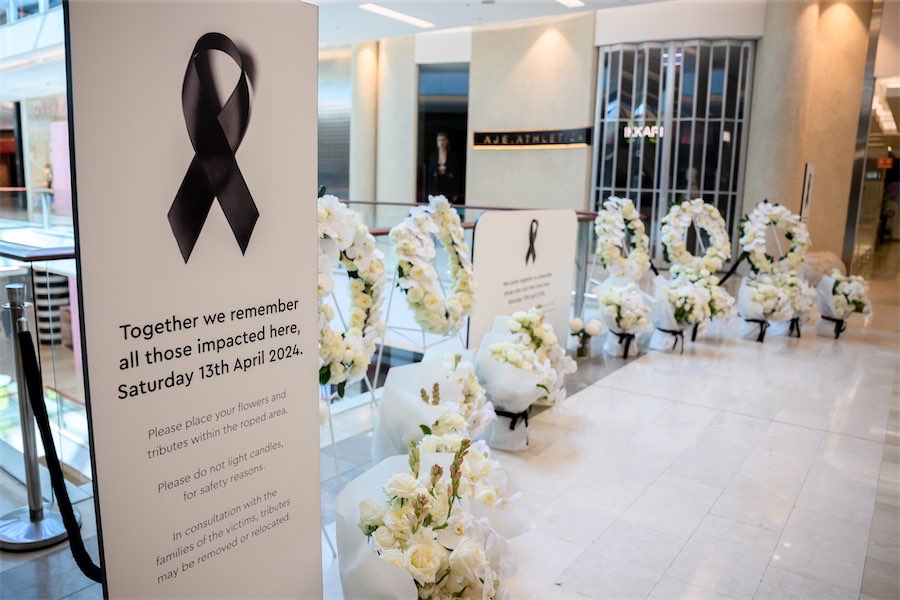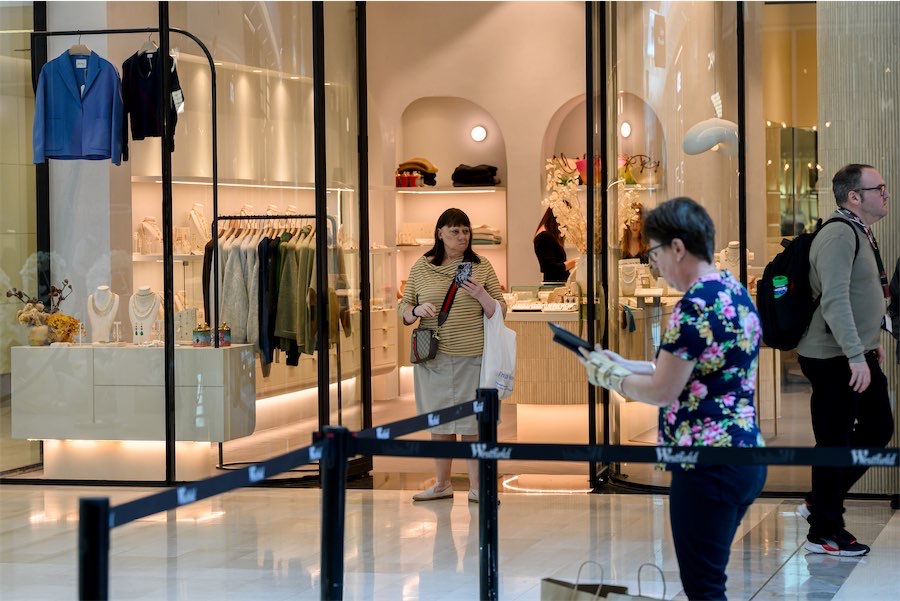
IT’S been 50 years since Black Mountain was declared a nature reserve and the Friends of Black Mountain are holding a symposium to explore its cultural history and natural environment.

The site of rare plants, new insects, nature walks, public protests and countless picnics will be celebrated in an in-depth, two-day symposium on August 24-25 at the CSIRO Discovery Centre.
“The anniversary seemed the ideal time to look at how have things changed over the past 50 years, and examine any lessons that should inform the way it’s managed over the next 50,” says Linda Beveridge, convenor of Friends of Black Mountain.
“Black Mountain is an icon in Canberra – it’s in everyone’s face, you can see it no matter where you are because of the tower and it’s got the foliage that’s a bit darker than the others.”
Botanist Rosemary Purdie has spent much of her career doing botanical research on Black Mountain and says it’s particularly interesting, with a great deal of information available, because of the sheer amount of scientific focus it gets.
“It could only happen in Canberra, but you’ve got a patch of bushland with three different research institutions at its base, the ANU, CSIRO and the Botanic Gardens,” she says.
“There have been so many records of insects and plants from Black Mountain because there have been all these scientists crawling over the site since the 1920s.”

The Black Mountain Symposium will include a series of talks on Friday August 24, and themed walks on Saturday August 25, with different ticketing options available.
It will cover the diversity and ecology of plants, mammals, birds, reptiles, amphibians, invertebrates and fire ecology of the site, as well as cultural elements including Aboriginal values, colonial and national values; with the mountain as a place of protest, recreation, education and scientific endeavour.
Themed walks will include “Geological evolution and features”, “Birds of Black Mountain”, ”Trees and shrubs” and “Cryptogams”, exploring mosses, lichens, liverworts and fungi.
With a long history of community concern for Black Mountain, from the protests about Telstra tower, the proposed gondola ride, up to the more recent Gungahlin Drive extension, Linda says it’s a place people in Canberra really care about.
“The huge outcry about putting up the tower, cutting through the native plants and bushland, and the big footprint it would have, was really the start of the concern for the mountain,” she says.

Rosemary says there has also always been a lot of community use, and that even before Black Mountain became a reserve people were using it for recreation.
“When the road was put in and gave access to the top, there’s records showing that every weekend in the summer there would be 200 people up here having picnics, because it gave the best views and it was something to do,” she says.
“This increased in the 1970s when the government started actively promoting it as a place of recreation and education – a lot of people use it now and it’s become part of their background, whether to jog, look at the birds, enjoy the plants or whatever.
“It’s almost taken for granted now, and it’s easy for locals to not be aware of the history.”
More detailed information about the program and the walks at friendsofblackmountain.org.au/symposium
Tickets from eventbrite.com.au/e/black-mountain-symposium-2018-tickets-45325809717
Who can be trusted?
In a world of spin and confusion, there’s never been a more important time to support independent journalism in Canberra.
If you trust our work online and want to enforce the power of independent voices, I invite you to make a small contribution.
Every dollar of support is invested back into our journalism to help keep citynews.com.au strong and free.
Thank you,
Ian Meikle, editor




Leave a Reply